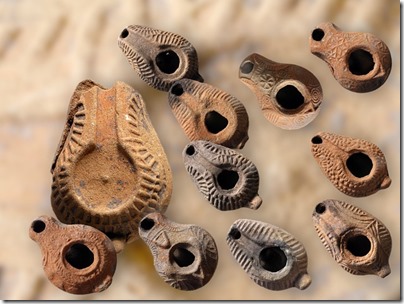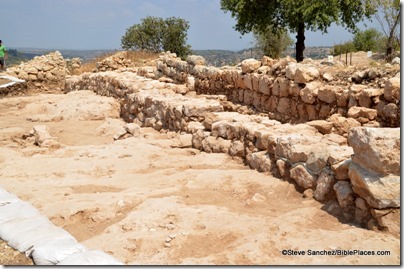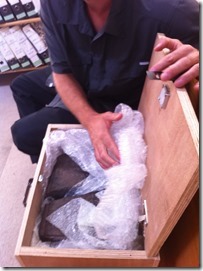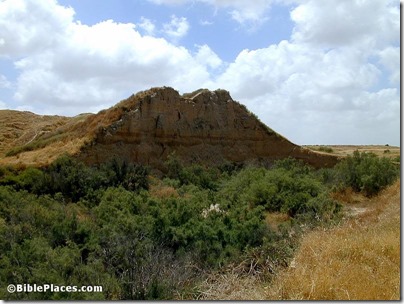On this week’s broadcast of The Book and the Spade, Gordon Govier and I talk about the recent discoveries of the Elisha inscription at Tel Rehov and the Roman Legion base at Megiddo. Listen here.
Ferrell Jenkins discusses the discovery of huge columns at Laodicea.
Luke Chandler had a fantastic day visiting sites in Samaria and recommends his tour guide to others.
An article in Haaretz explains why women in Tel Aviv have been enjoying archaeological lectures in English for 40 years now.
HT: Joseph Lauer



